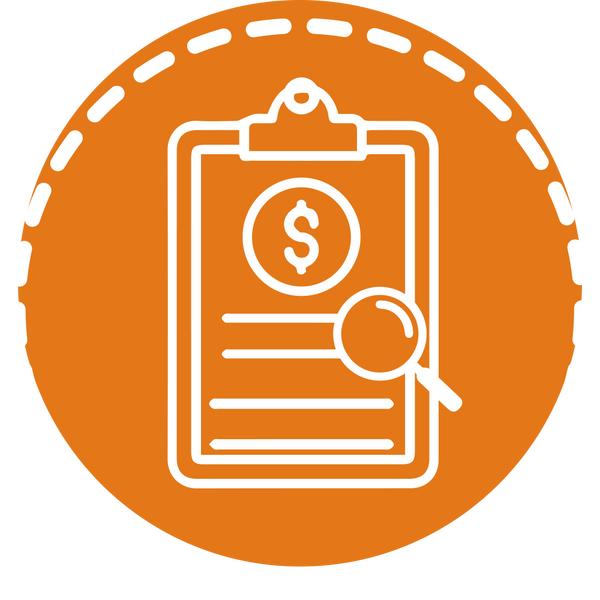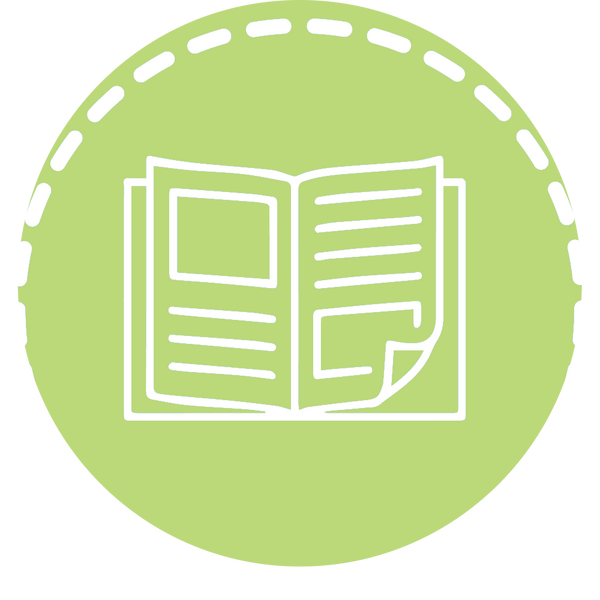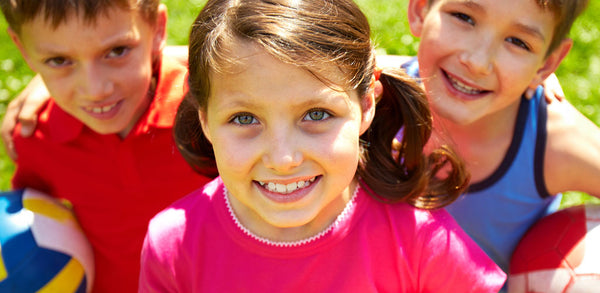
Boosting Student STEM Interest Through Sports Science
When you think about the world of sports, many images probably come to mind. Your first tee-ball experience, the Super Bowl, gym class — even if you don’t consider yourself an athlete, sports are solidified as an important part of our daily lives, and for a good reason.
Sports are an orchestration of science in motion.
At the highest levels of play, it’s easy to see that sports are a demonstration of pushing the body to its limits. But under the surface, sport is an incredible marriage of many different sciences all working together at an astonishing pace. From the biology of body movement to the aerodynamics of a swimmer and the physics of a soccer player, there’s a lot to learn from the athletes in our lives.
The Science of Movement:
When you play sports, you’re active — and that increased activity level has an incredible effect on your body and mind, especially when it comes to today’s learners. For more information on how living a healthy life affects learners, check out Cultivating Healthy Learners: Student Nutrition & the Human Body.

As more and more research comes out, the evidence continues to present itself: An active lifestyle leads to smarter learners.
Not only does participating in a physical activity increase performance, overall health and learning retention, but sport also has positive psychological effects.
Several large-scale studies have shown that people who exercise moderate amounts every week were less anxious, depressed, and neurotic, and had higher levels of general well-being than more sedentary participants (Hassmén et al. 2000, De Moor et al. 2006).”
“Exercise… promote(s) changes in the brain through neurogenesis, or the creation of new brain cells. These brain cells, called neurons, appear in the hippocampus, the brain structure in charge of learning and memory (McGovern 2005). Laboratory studies have shown more complex networks of neurons among subjects who exercise regularly than those who don’t" (Comery et al. 1996).
Besides its incredible effects on learning from an internal perspective (body, mind and nutrition), sports offer endless learning opportunities in the classroom.
For example, physics plays a huge role in sports. From the science of ballistics — the path of an object flying through the air — to the math of parabolas and energy transfer, everything from how a tennis racket works to hand-eye coordination can be studied through sports. There is no limit to what subjects or ideas can be incorporated into and learned through sport.
But studying the science behind a sport does something else for classrooms — sports science provides learners with a closer look at some of their favorite activities, which gives learners a deeper understanding of the things they are actively interested in, which connects them to STEM in a more profound way than traditional learning methods.
As Annie Murphy Paul says,
Interest is a psychological state of engagement, experienced in the moment, and also a predisposition to engage repeatedly with particular ideas, events, or objects over time. Why do we have it? Paul Silvia of the University of North Carolina speculates that interest acts as an “approach urge” that pushes back against the “avoid urges” that would keep us in the realm of the safe and familiar. Interest pulls us toward the new, the edgy, the exotic. As Silvia puts it, interest “diversifies experience.” But interest also focuses experience. In a world too full of information, interests usefully narrow our choices: they lead us to pay attention to this and not to that.
By providing learners with avenues of study that they’re actively interested in, you’re more likely to boost engagement and learning in the classroom, which is precisely why PCS Edventures developed our Sports Science and Flying Disc enrichment programs!
What Are Enrichment Programs?
Developed as part of our enrichment series, Sports Science and Flying Disc can be implemented into any learning environment by any instructor. From a seasoned teacher to an after school helper, the enrichment programs do all the prep work, allowing educators to focus solely on facilitating learning.
Every PCS enrichment program follows a similar teaching structure, with all the materials and curriculum you need to lead stimulating, authentic and out-of-the-box activities. 12, one-hour lessons and open-ended extensions introduce fun and interactive learning into any educational setting and are proven to engage learners of all levels.
An enrichment program is composed of 12 lessons, each designed to last about one hour. You can use one a day for twelve days or clump them together to use in longer blocks. Lessons can also be broken apart and worked in throughout a school year. No matter how you slice it, activities and open-ended extensions introduce fun and interactive learning that engage learners of all levels.
Sports Science (Grades 1-3):
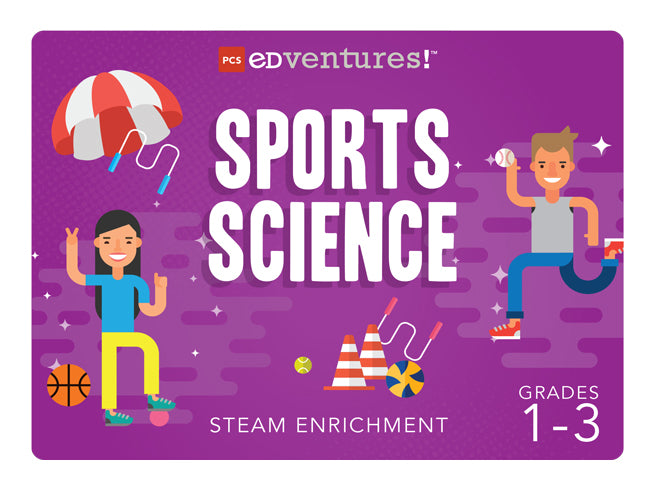
Designed to excite learners by bringing STEM into their favorite physical activities, Sports Science thrives on action-packed learning experiences. Each day, learners investigate the mechanics of a different movement, connecting STEM concepts like force, motion and the influence of gravity, to the movement of their bodies.
Intended for 1st-3rd graders, this program is the perfect introduction to the science of movement for young learners. By connecting learners early on to the science behind their favorite sports or activities, you’re setting them up for continued future interest and academic pursuit.
So what does Sports Science Camp look like? Check out Physical Fitness, the Brain and Active Learning in the Classroom for a closer look at STEM-filled lessons.
Flying Disc (Grades 6-8):
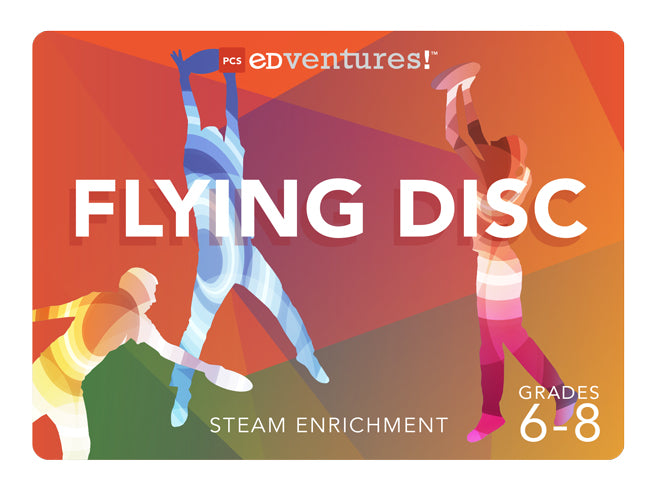
Looking for something for your upper elementary and middle school learners? Our Flying Disc Enrichment Program gives your physics lessons the energy you’ve been searching for. Step outside and investigate how discs fly thanks to their spin (lift), angular momentum (thrust), shape (drag) and weight (gravity). Discovering the forces of motion has never been more fun!
You can give learners the ultimate flying disc experience right away with our freebie: Sweat It Out With 5 Frisbee-Based STEM Games. Designed for grades 4-6, this resource offers five STEM-centered activities that require minimal setup for all skill levels. It’s the perfect way to get your learners excited about STEM. Don’t let this opportunity fly by! Grab your copy below.
To find out more about Sports Science, Flying Disc or other STEM enrichment programs, download curriculum samples by clicking the button below:
Written by Thayne Casper on 5/23/2018, updated by Jessica Ventre on 7/22/2022.






